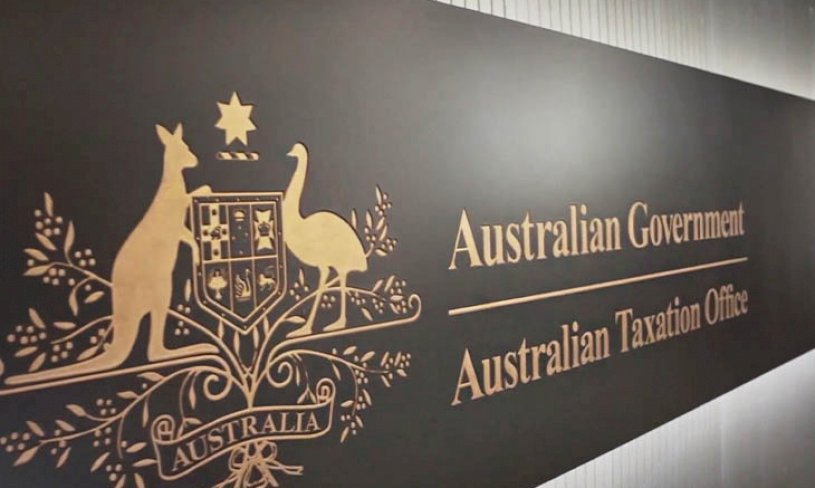As the end of the financial year approaches, it is a good time for trustees to do an annual check-up on their Self-Managed Super Fund.
Here are five key issues to be aware of in the 2020-21 tax year.
Contributions
Non-concessional (after-tax) contributions are limited to $100,000 (or a maximum of $300,000 if you satisfy the non-concessional contributions bring-forward rule) and concessional (before-tax) contributions are limited to $25,000. These limits will be indexed on July 1 and increase to $110,000 for non-concessional contributions ($330,000 under bring-forward rule) and $27,500 for concessional contributions.
The non-concessional contributions bring-forward thresholds do not increase if you have already triggered a bring-forward period that has not ended by June 30.
To make sure you do not accidentally trigger the bring-forward arrangement, you need to consider all your non-concessional contributions made to all your superannuation funds. Unreleased excess concessional contributions also count towards the non-concessional contributions cap.
Before June 30, it is important to review contribution strategies to ensure you have contributed what you intended to, and ensure you are below the contribution caps.
In the 2020-21 financial year you may also be eligible, subject to your Total Super Balance (TSB), to make larger concessional contributions – if you have any unused concessional contribution cap space from the 2018-19 or later financial years.
Where you have made personal contributions and intend to claim a tax deduction in 2020-21, it is important that you check all employer contributions and salary sacrificed amounts to super to make sure you do not breach the annual concessional contributions cap.
Investment strategy
It is important to understand that an SMSF’s investment objectives and strategy are not set in stone.
Trustees should regularly review the investments of the fund, investment risk, likely returns, liquidity, insurance and cash flow requirements as well as the diversification of investments.
Before any investment decision is made, you should examine the impact it would likely have on the overall portfolio, to ensure you are investing in line with your investment strategy.
Minimum pension payments
To help manage the economic impact of the coronavirus pandemic, for the 2019-20, 2020-21 and 2021-22 tax years, the federal government has reduced the minimum drawdown requirements by half for account-based pensions and market-linked pensions. There is still time to consider and, if required, amend your pension payments for 2020-21.
Where you have continued to receive regular pension payments, it is likely you may have received more than the required minimum amount. Unless you meet contribution eligibility rules, these funds cannot be returned.
Where you have restructured your pension withdrawal amounts, it is important to ensure that you do not underpay the minimum pension payment required. Where this requirement is not met, a SMSF may be subject to 15 per cent tax on pension investments, instead of them being tax free.
Valuing assets
SMSF trustees are required to value the fund’s assets at market value on June 30 each year when preparing the fund’s financial accounts.
Ensuring that member benefits are shown at market value is important when calculating each member’s TSB. This number is used to determine what, if any, non-concessional contributions can be made without exceeding your non-concessional contributions cap, and when determining your eligibility to make catch-up concessional contributions and receive government co-contributions.
If you are starting a pension, it is important to value your pension balance correctly to ensure you do not begin a pension with a balance exceeding the Transfer Balance Cap. For the 2020-21 income year, this cap is $1.6 million and will increase to $1.7 million on July 1, in line with indexation.
Lodgement obligations
All SMSF trustees are expected to work with their tax agent or accountant to ensure that they meet all their lodgement requirements on time.
While the current economic conditions due to COVID-19 may make keeping up to date with your trustee obligations a challenge, access to the ATO’s early engagement and voluntary disclosure service is available to assist you to get your affairs in order.
Missing your annual return lodgement due date could result in the status of your SMSF changing on the ATO’s Super Fund Lookup, which could restrict your SMSF from receiving super guarantee payments, as well as some rollovers.
Written by John Maroney, CEO, SMSF Association










